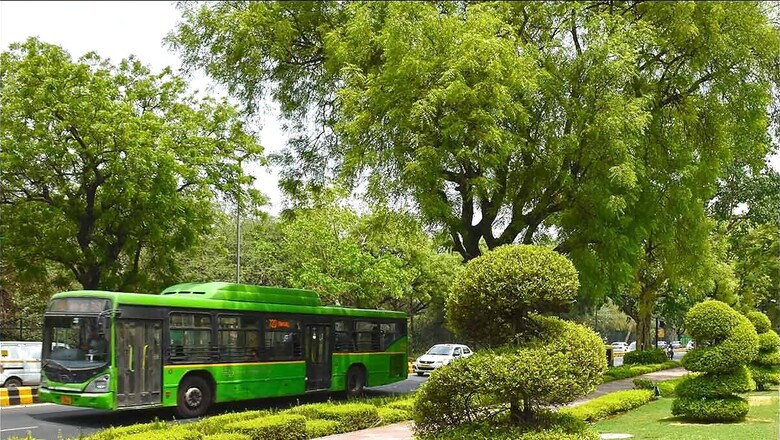
views
India will celebrate the 9th anniversary of the Swachh Bharat Abhiyan on 2nd October 2023. This program, which was announced by Indian Prime Minister Narendra Modi in 2014, has become one of the largest public-led cleanliness drives in the world, with millions of citizens voluntarily joining the cause to realize the mission of a ‘Clean India.’
India’s growing population, coupled with rapid urbanization, has often led to significant obstructions to keeping rural areas and major cities clean. This has affected not only the environment but has also damaged the health of Indian citizens.
The Swachh Bharat Abhiyan, in its nine-year journey, has been able to implement a positive change in bringing about cleanliness through not only enforcing key structural developments in rural areas and cities but also by creating a shift in mindset among the Indian citizens.
Let’s look at some of the notable moments of the Swachh Bharat Abhiyan.
- Toilets For All
One of the pivotal goals of the program was to provide proper sanitation facilities for all citizens. To ensure the same, under the program’s Swachh Bharat Mission (Gramin), the government started one of the biggest cleanliness drives, especially in rural areas, and constructed more than 10 crore toilets while completely transforming the sanitation conditions in such areas.
- Open-Defecation-Free (ODF) status
Another key moment in the movement came when all the Gram Panchayats, villages, districts, states, and union territories of India got ODF status by 2019, which was also the 150th birth anniversary year of Mahatma Gandhi.
The city of Telangana in Hyderabad became the first city in the country to be hundred percent open-defecation-free this year in May.
Other states like Kerala have attained the ‘ODF Plus’ status for not only maintaining and sustaining an ODF status successfully but also couple it with effective implementation of solid and liquid waste management systems.
- Effective Waste Management
As the program expanded its scope, waste management systems became the core area of focus. This included the segregation of waste materials at the source and then responsibly disposing of the various categories of waste materials and recycling.
The city of Pune in Maharashtra is a brilliant case of efficient waste management, where they collaborated with the local waste-picker trade union to organize door-to-door collection of garbage. Among the garbage they collected, they were allowed to sell the recyclable items. They were additionally directed to drop the remaining waste items in specific drop locations from where the garbage was sent to landfills. This helped the city become energy efficient as well as environmentally friendly while saving a significant INR 20 crore annually.
Another city, Indore, employed around 700 ragpickers to collect numerous categories of waste materials from households. The city has an urban-local-body-managed door-to-door garbage collection service as well. Indore became the cleanest city in India for the sixth consecutive time last year under the program’s Swachh Survekshan Awards 2022.
- A change in mindset
Apart from the above functional aspects, the Swachh Bharat Abhiyan has resulted in a radical shift in the mindset of people towards the purpose of cleanliness. As a proof of this change in mindset, more than 6 crore people voluntarily participated in the government’s 2023 campaign, ‘Swachhata Hi Seva’ (SHS), which is currently ongoing from 15th until 2nd October.
As a part of this campaign, citizens are actively participating in various cleanliness-related activities in line with the campaign’s motto and theme of ‘Garbage Free India.’ The citizens are participating in cleaning garbage from important areas in their cities and villages, assisting in the cleaning and repair of cleanliness assets like waste bins and public toilets, removing waste materials from riverbanks and water bodies, and more.
India’s journey towards cleanliness has been a successful and progressive one since the start of the Swachh Bharat Abhiyan in 2014. The program, which initially started as a government initiative, has now become a citizen-led movement. Together, everyone is looking towards making India clean, free of pollution, and sustainable in the near future.




















Comments
0 comment